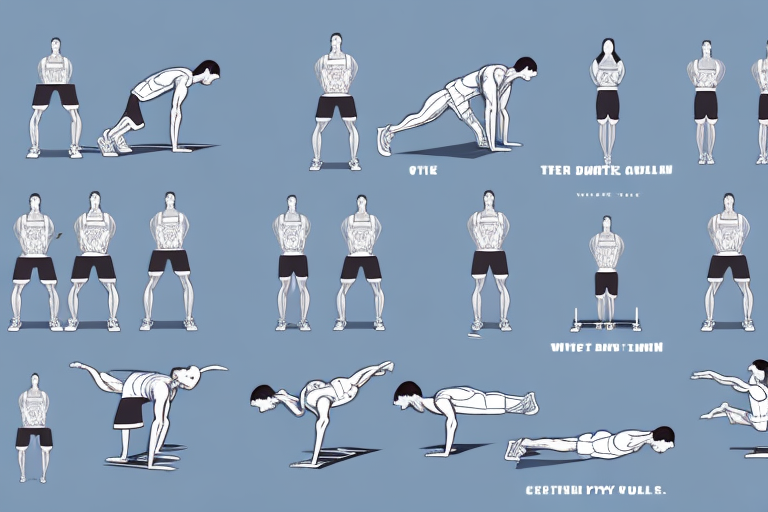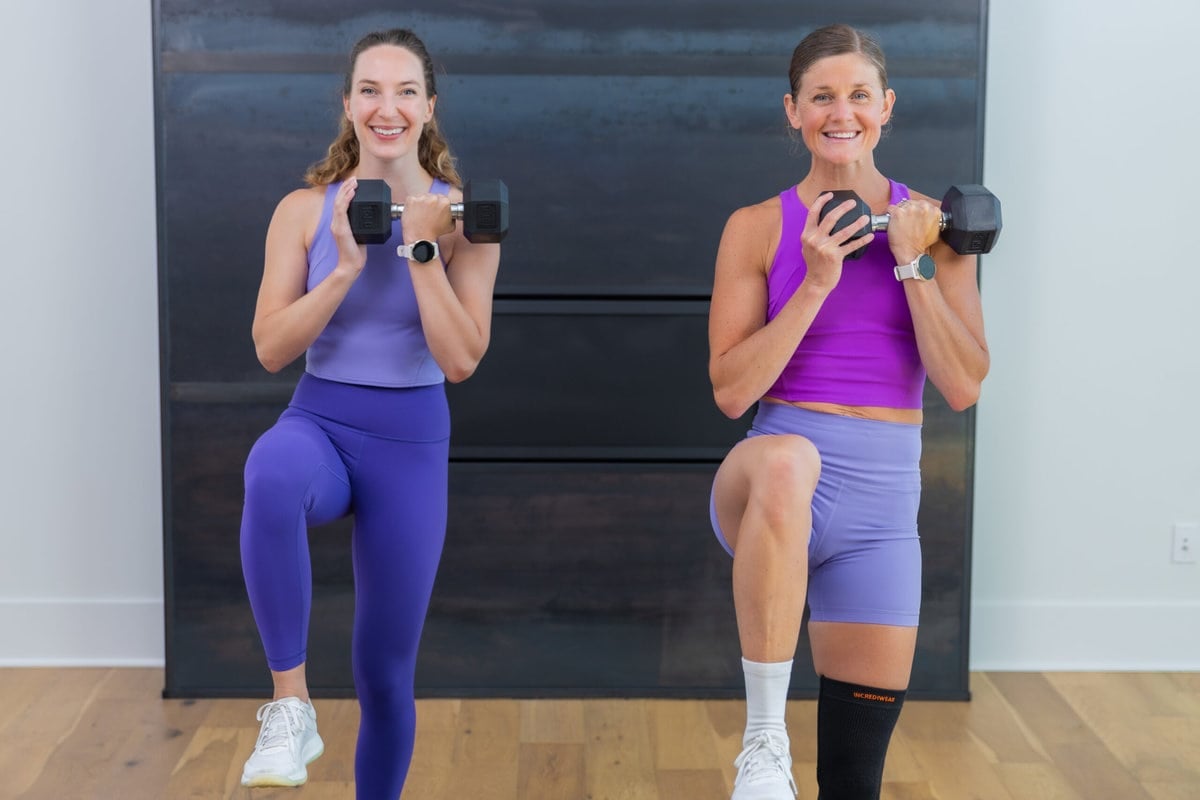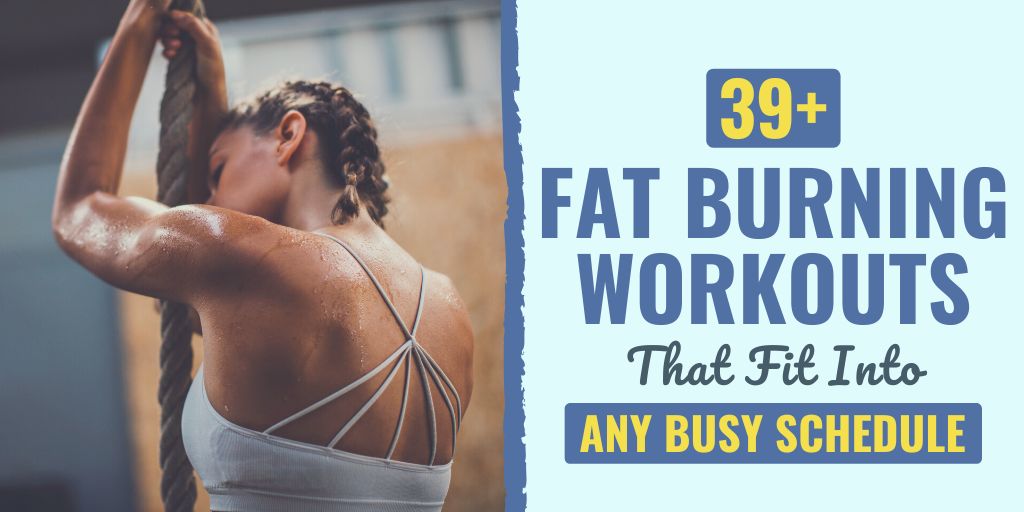

Balancing Act: Stability and Coordination Fitness
Achieving optimal fitness extends beyond strength and endurance; it involves mastering the art of balance and coordination. This article delves into the importance of stability and coordination fitness, offering insights and practical tips to enhance these crucial aspects of physical well-being.
Understanding Stability and Coordination
Stability and coordination are foundational elements of functional movement. Stability refers to the body’s ability to maintain equilibrium, while coordination involves the synchronization of different muscles and joints for smooth, purposeful movement. Together, they contribute to efficient and controlled motion, playing a vital role in various daily activities and athletic performance.
The Core’s Role in Stability
The core muscles act as a central hub for stability. A strong and engaged core provides a stable foundation for movement, reducing the risk of falls and injuries. Exercises that target the core, such as planks, Russian twists, and leg raises, contribute significantly to stability. Prioritizing core strength lays the groundwork for improved overall stability.
Proprioception: The Body’s Internal GPS
Proprioception is the body’s ability to sense its position in space. This internal GPS is integral to stability and coordination. Proprioceptive exercises, including balance drills and stability exercises on uneven surfaces, enhance the body’s awareness and responsiveness. Cultivating proprioception is a key component of refining coordination and promoting injury prevention.
Incorporating Unilateral Exercises for Balance
Unilateral exercises, which focus on one side of the body at a time, play a crucial role in improving balance. Lunges, single-leg squats, and one-legged stability exercises challenge the body to distribute weight asymmetrically, promoting stability and coordination. Integrating these exercises into your routine addresses muscle imbalances and enhances overall functional fitness.
Balance Training for All Fitness Levels
Balance training is accessible to individuals of all fitness levels. Simple exercises like standing on one leg or performing heel-to-toe walks can kickstart your balance journey. As you progress, incorporate more advanced balance tools, such as stability balls, wobble boards, or balance pads. Gradually increasing the complexity of balance exercises elevates stability and coordination.
Mind-Body Connection in Stability Workouts
The mind-body connection is pivotal in stability and coordination workouts. Mindful awareness of body positioning, muscle engagement, and breath control enhances the effectiveness of these exercises. Integrating mindfulness practices, such as yoga or tai chi, can further deepen the mind-body connection, contributing to improved stability and coordination.
Functional Movements for Real-World Coordination
Functional movements mimic real-world activities and are essential for improving coordination. Squats, deadlifts, and multi-joint exercises replicate daily tasks, enhancing muscle coordination in practical scenarios. Including functional movements in your fitness routine ensures that your coordination gains translate seamlessly into your everyday life.
Cross-Training for Comprehensive Coordination
Cross-training involves diversifying your fitness activities to engage different muscle groups and movement patterns. This approach contributes to comprehensive coordination development. Incorporate a mix of cardiovascular exercises, strength training, and flexibility work to challenge your body in various ways, fostering a well-rounded coordination skill set.
Balance Challenges for Progression
To continually enhance stability and coordination, introduce balance challenges that progressively advance your abilities. This could involve closing your eyes during certain exercises, adding dynamic movements to balance drills, or incorporating agility training. Gradual progression keeps your body adapting and refining its stability and coordination capacities.
Expert Guidance for Specialized Programs
For personalized and specialized stability and coordination programs, seeking guidance from fitness professionals is invaluable. Certified trainers or physical therapists can assess your individual needs and design a program tailored to enhance your stability and coordination. Their expertise ensures that your fitness journey addresses specific areas of improvement.
Explore Stability and Coordination Fitness
Discover more about the importance of stability and coordination fitness at Stability and Coordination Fitness. This resource offers in-depth insights, exercise demonstrations, and expert advice to guide you on your journey to improved stability and coordination. Embrace the balancing act, refine your movements, and unlock the full potential of your physical well-being.







:max_bytes(150000):strip_icc()/About-A53-YChestPress-719-c0225c885f6347e1a7c52bab2fdc2bb8.jpg)

